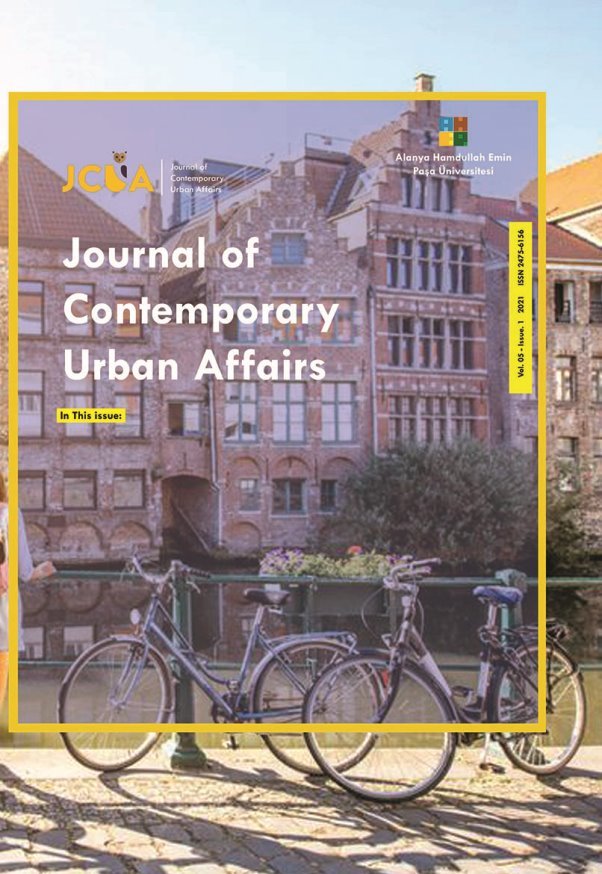
Journal Of Contemporary Urban Affairs
Yazarlar: PATRICK CHUKWUEMEKE UWAJEH, IKENNA STEPHEN EZENNIA
Konular:-
DOI:10.25034/ijcua.2018.4678
Anahtar Kelimeler:Evidence-based design,Healing environment,Healthcare,Supportive design,Wellness,Health.
Özet: Evidence-based design strategies can improve stress-free environments in healthcare, by emphasizing strategic opportunities to influence the design of health facilities. Evidence-based design (EBD) as a tool for healthcare planning is a method that began in healthcare having a general purpose of providing evidence based medicine. It involved Gathering information and evidence and using this evidence to mold the environment which supports the programming stage in design problem-solving. The connection between the theories and use of findings in (EBD), have not been adequately revealed enough to be used as a tool in design. As such, several factors, or characteristics, evident in numerous studies about healing environment and (EBD), require categorization into tangible and non-tangible dimensions in order to apply them during the design process successfully. Two research questions served as a foundation for the investigation of attributes in healing environments: What critical attributes can be identified by healthcare staff related to Dilani and Ulrich’s research findings? Is a hierarchy of attributes perceived by healthcare staff? The aim of this research is to closely examine the factors of Psychosocial Supportive Design theory by Alan Dilani (2001) and Supportive design theory (SDT) by Roger Ulrich (1991) on the staff in Eastern Mediterranean university health centre. Questioners and site visit were used for data collection. SPSS was used to obtain percentages from data collected. The result of the study reveals a hierarchy of factors perceived by the staff that can promote supportive healing.